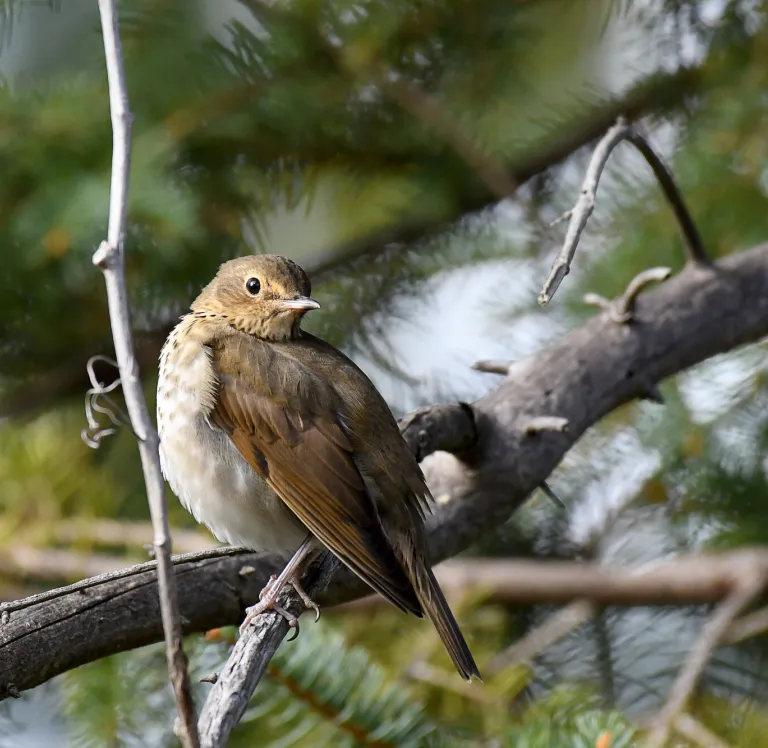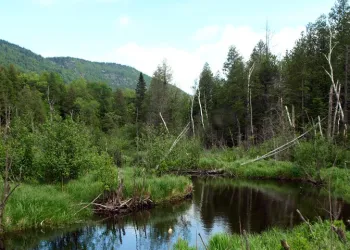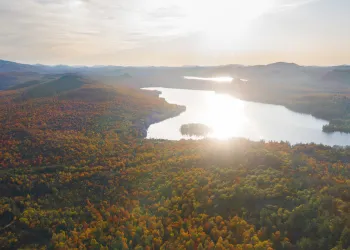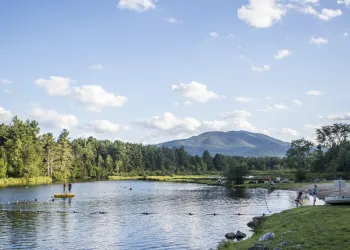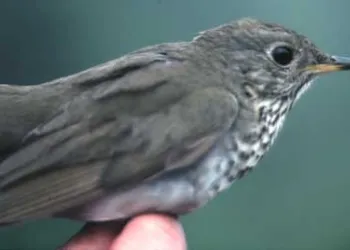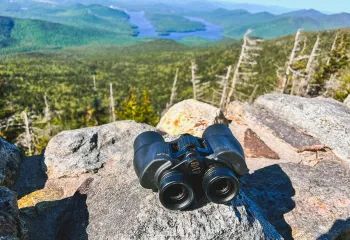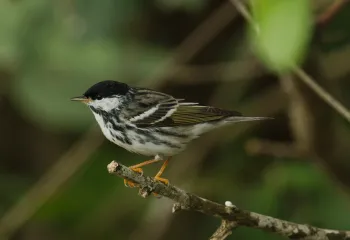Where the wild birds are
Birding is a great activity because you can do it in any season, in any habitat, and with any experience level! The Whiteface Region is home to unique habitats that a great diversity of bird species reside in. Here, you’ll find anything from Common Ravens to Cape May Warblers to Bicknell’s Thrushes to Bald Eagles.
Naturally, you can find birds almost anywhere in the region, but a few places are known hotspots. Whiteface Mountain, for example, is prime habitat for Blackpoll Warblers, Ruby-crowned Kinglets, Boreal Chickadees, and, most famous of all, Bicknell’s Thrushes. A denizen of high elevation spruce-fir forests, Bicknell’s requires the effort of climbing to reach it, making Whiteface with its toll road the easiest access to find them. That said, the mountain can hide them in a tangle of branches, so birders should plan their trips up the mountain early in the day to give them the best chance of finding a Bicknell’s.
Down the street from Whiteface, Peregrine Falcons may have nested in Wilmington Notch and classic deciduous species like Ovenbirds, Hermit Thrushes, and Dark-eyed Juncos can be found in the forests.
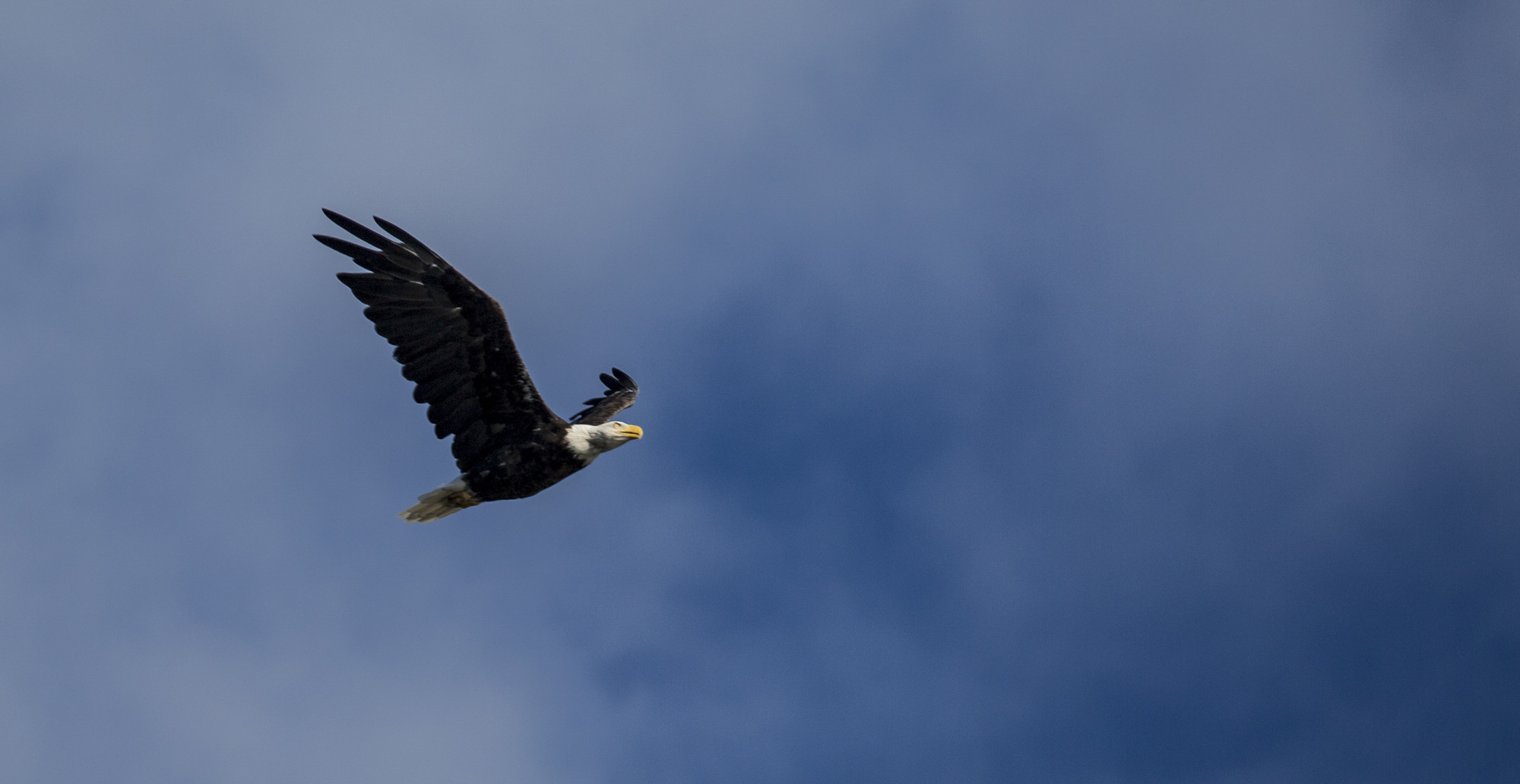
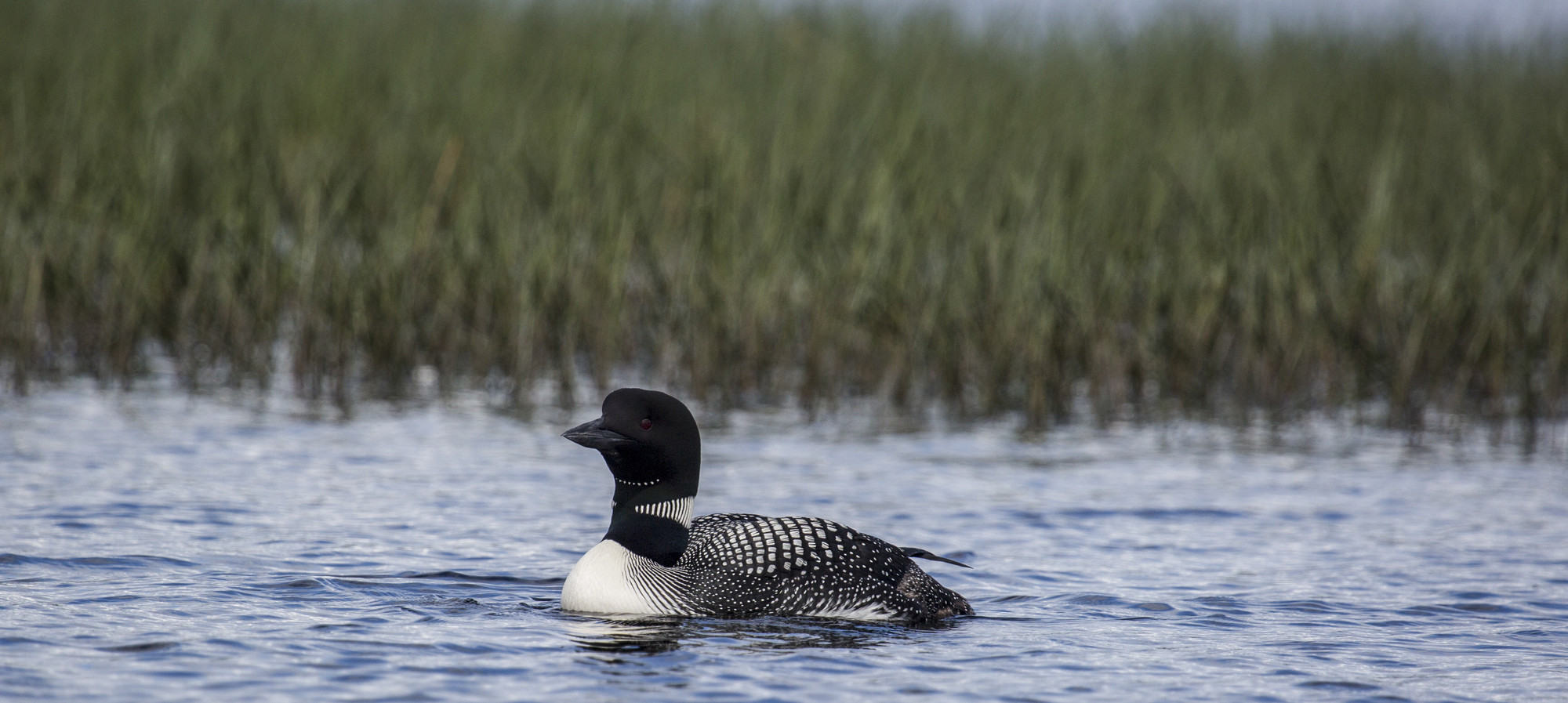
When the seasons change
There is good local birding during winter. In the towns, Evening Grosbeaks and Common Redpolls may dine at bird feeders while Bohemian Waxwings or Pine Grosbeaks seek out ornamental fruit trees. Winter birding trips tend to be built around finding these few specialty species. Spring trips, on the other hand, offer a much longer list of birds.
As the calendar year progresses, American Robins, Merlins, and Eastern Phoebes arrive to announce spring to everyone living at lower elevations. A great place to see migrating birds is the Silver Lake Bog and Bluff. In the spring, Palm Warblers will move in here. The days continue to warm and everyone is out singing. Winter Wrens trill, Yellow-bellied Sapsuckers hammer away at trees, and Ruffed Grouse drum on the forest floor. Blackburnian, Canada, Magnolia, and Nashville Warblers also fill the woods with bright songs.
Waterfowl are also more active now. If you stop at the Lake Everest Beach to go for a swim in the summer, you’ll likely see mergansers and other ducks, Great Blue Herons, and Red-winged Blackbirds. But as the days begin to shorten again and fall moves back in, many species migrate south. Year-round residents like Black-capped Chickadees and American Goldfinches can still be found bouncing around the tree branches.
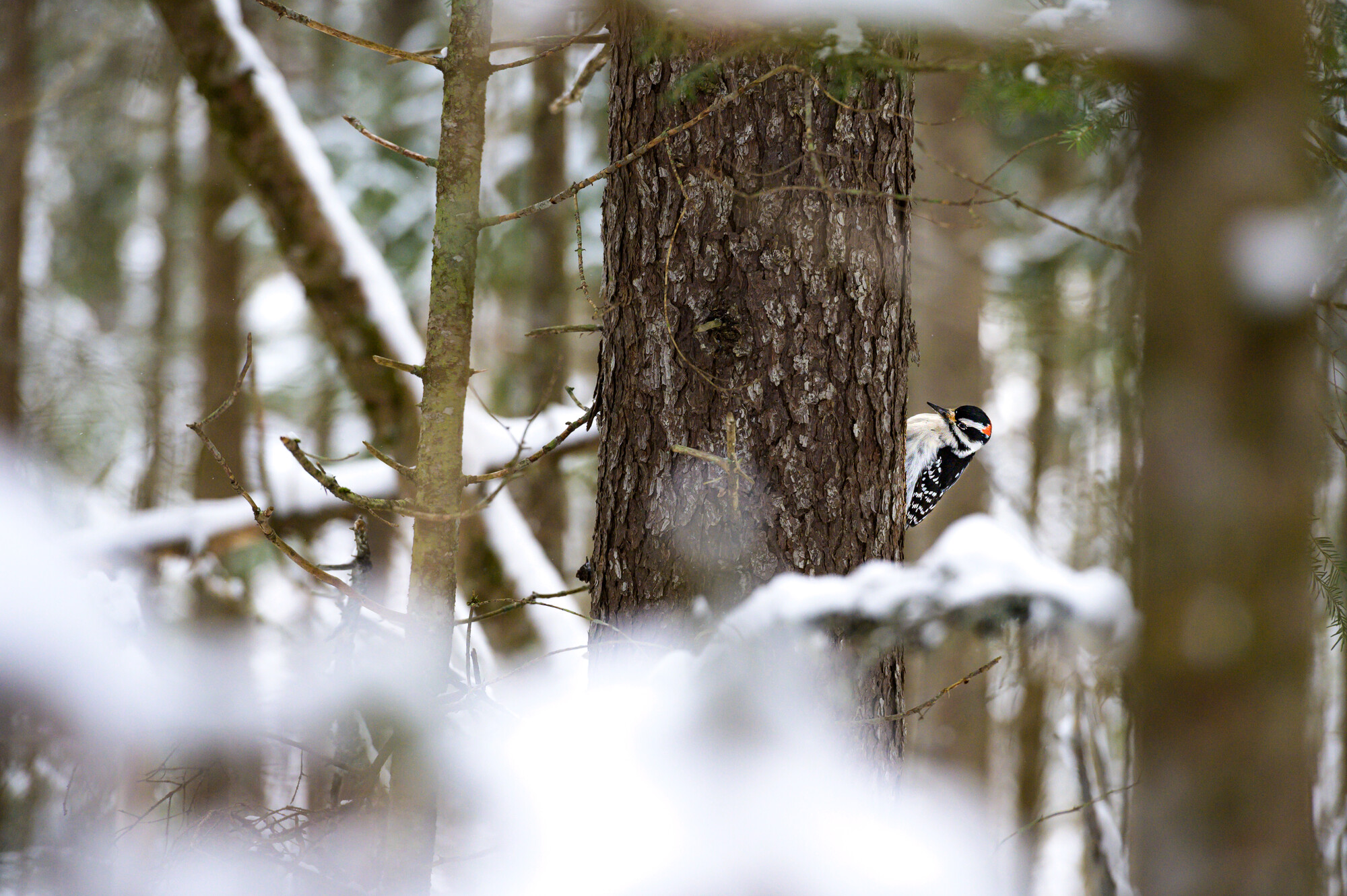
Pledge to Love Your ADK
The magic of the Adirondacks is the result of previous generations taking a long view and protecting the mountains, lakes, and rivers within the Blue Line. That tradition continues today as we support and encourage everyone to practice Leave No Trace ethics, which help protect the lands and waters of the Adirondacks.
